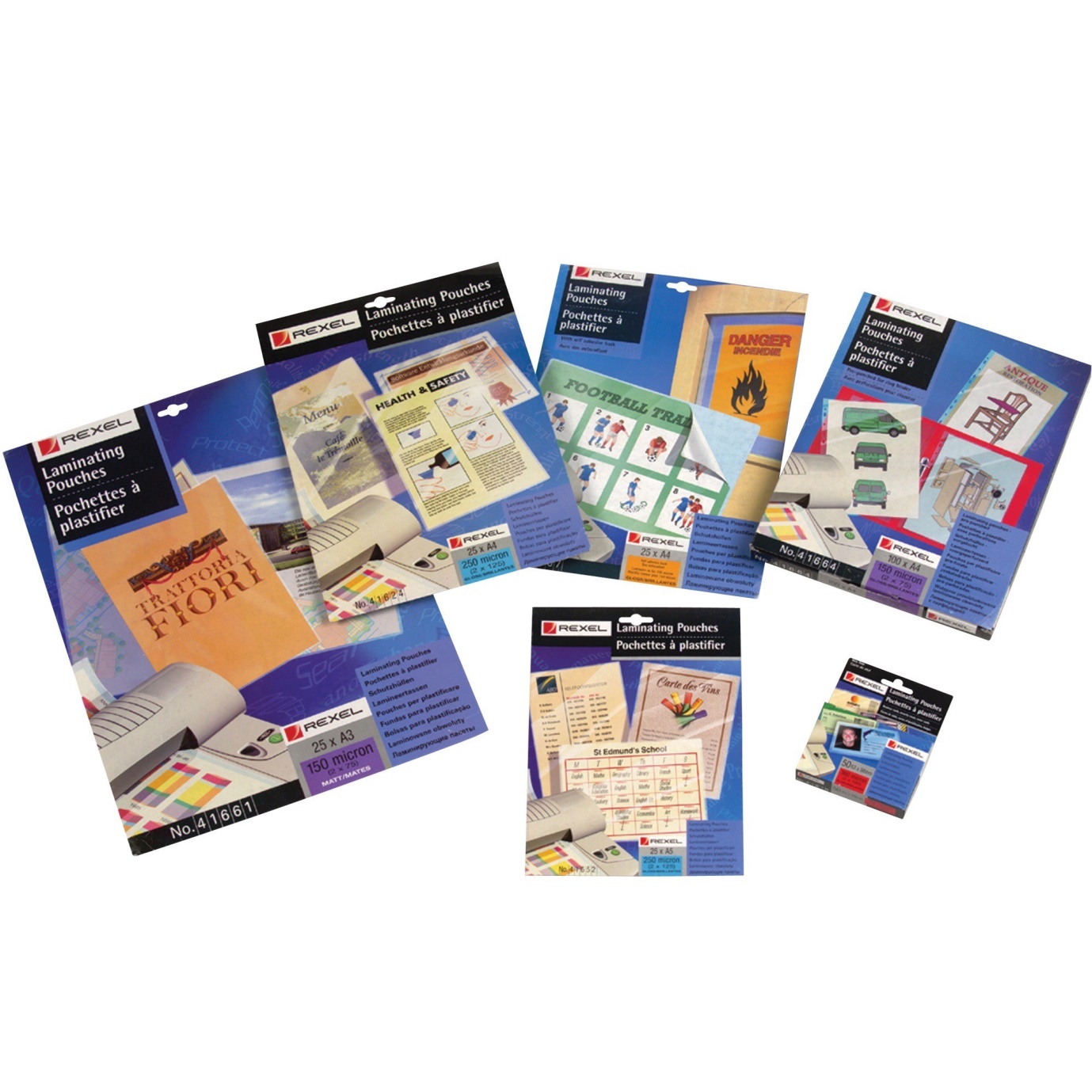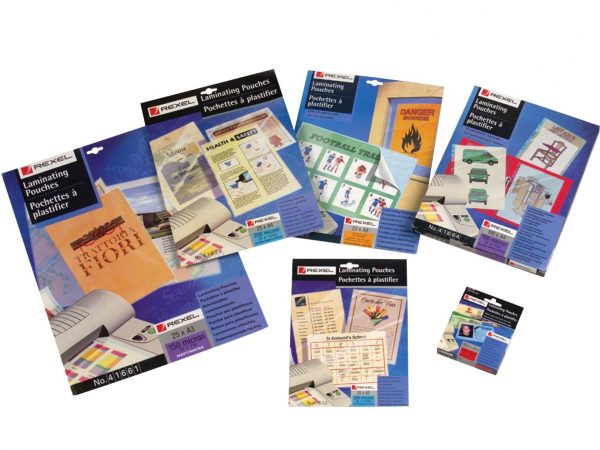Categories :
If you need some documents laminated, then you might like to know a bit more about the topic of lamination. What are the available types of lamination, and which one should you choose? This article will explain a bit about each kind of lamination and detail the strengths of each. That way, when you have something for work, school or perhaps your own business that needs laminating, you’ll know exactly which kind of laminating to choose.
Types of Lamination
There a few different processes for lamination available today. Outlined below are the four main types so you can choose between them. The major kinds of lamination usually include:
Polyester (PET) Thermal/Hot Lamination
PET hot laminatorswork with rigid film with thicknesses from 30 micron to 250 micron. Polyester laminators involve the use of heat shoes or heated rollers. PET laminators are suitable for a range of documents, including posters or smaller items such as membership cards. The edges produced by a PET hot laminator can be trimmed flush or feature an encapsulated finish. If using synthetic stock, documents trimmed flush are still waterproof, which is perfect for membership cards for pools or gyms. Some companies even make use of low micron PET in packaging due to its heat and water resistance.
A laminator pouch will usually be made of PET. A polyester laminator must use both top and bottom rolls to work properly. The ideal running temperature of a PET laminator is between 110 and 120 degrees. Polyester film can come in gloss or matte finishes.
Polypropylene (BOPP: Bi-Axially Oriented Polypropylene) Thermal/Hot Lamination
This film made of polypropylene is a lot more flexible and can be used on covers, packaging, cards and many more applications. The width of the film can be between 25 and 42 microns and it can be used single or double-sided. It’s a kind of hot lamination as it needs to be used with heated rollers to allow proper adhesion. Various types of film are available to suit the kind of printing process used, either offset or digital. Printing in digital format will require a stronger adhesion on the part of the polypropylene film, and so will need a different kind of film than that used for offset printing. BOPP can be found in finishes such as gloss, matte, anti-scuff and soft-touch.
Cold Film Laminating
Cold film is made of PVC and has a backing that’s pressure sensitive. The process of a cold film laminator involves the use of a roller pressure action. This kind of laminator is perfect for large format print laminating. Cold film can be found on the market in monomeric or polymeric vinyl and cast. Cold film laminators create products that are UV treated and resistant to weather elements.
Other Lamination for Special Effects
There’s transfer film available that can adhere directly to 100% black toner. The process of using a laminator in this instance is to laminate first, overprint the toner and then use transfer film. A special function laminator must be used with special effects film. Laminate film is available in coloured foil, holograph, 3D and Spot UV.


